Find out what's involved in studying each of the primary instruments
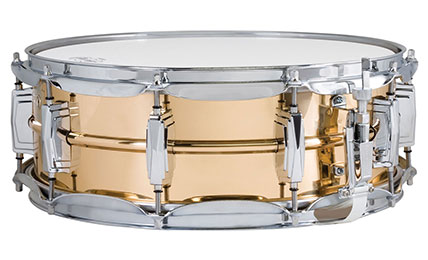
Snare Drum
Snare drum study consists of exercises, etudes and pieces that develop quality technique. Emphasis is placed on rudiments, rolls, rhythmic understanding, counting and sight-reading.
Music will be determined after a placement evaluation. All students should have 1-2 pair of quality snare drum sticks, a stick bag or case and a metronome.
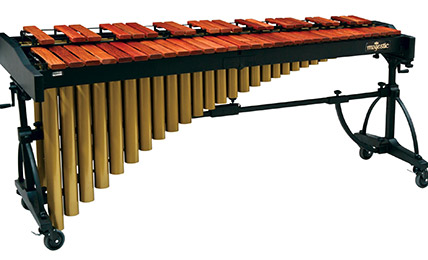
Keyboard
All students should have 1-3 pair of quality mallets (a matching set of 4 for 4 mallet study), a stick bag or case, and a metronome.
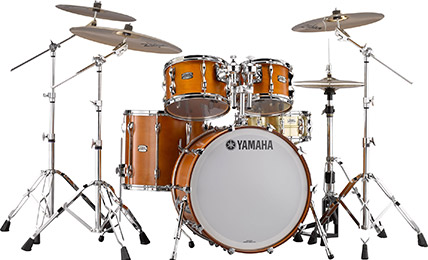
Drum Set
Drum set study includes extensive practice with various time keeping styles (rock, jazz, Latin) as well as solo and fill development. Independence of the hands and feet, proper body mechanics and economy of motion are addressed through exercises, recording transcriptions and self-composed solos.
Students should have 1-3 pair of quality drum set sticks, a stick bag or case, and a metronome.
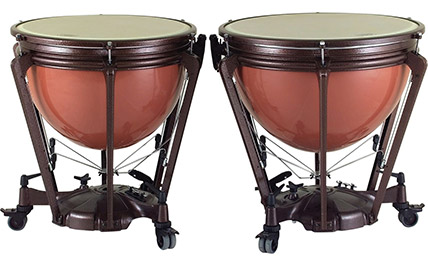
Timpani
The study of timpani before college gives one a distinct advantage when graduating to college-level performance. Study includes exercises, etudes and solos that develop proper stroke mechanics, tuning accuracy, body positioning and proper mallet selection.
Students should have 1-3 pair of quality timpani mallets, a stick bag or case, and a metronome.
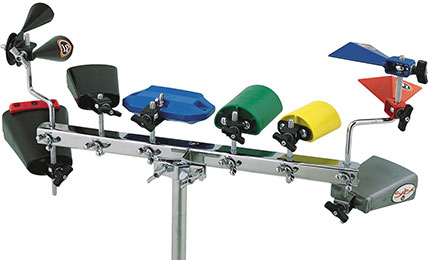
Multi-Percussion
Modern percussion playing frequently involves performance on many instruments at once. The study of different multi-percussion styles prepares students for any performance situation.
Exercises, etudes and solos are used to fine tune the performance on multiple instruments. Specific study paths are determined by student interest and need.
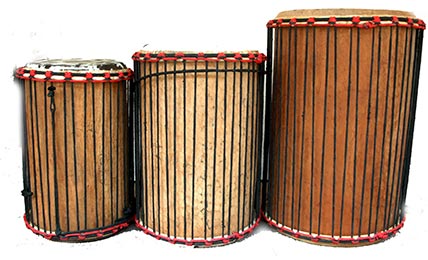
Ethnic Percussion
Students are encouraged to take advantage of my extensive experiences in world percussion. An understanding of African, Middle Eastern, Latin American and other world percussion cultures enhances traditional Western percussion study.
Instruments and specific study plans are determined after an extensive evaluation.

